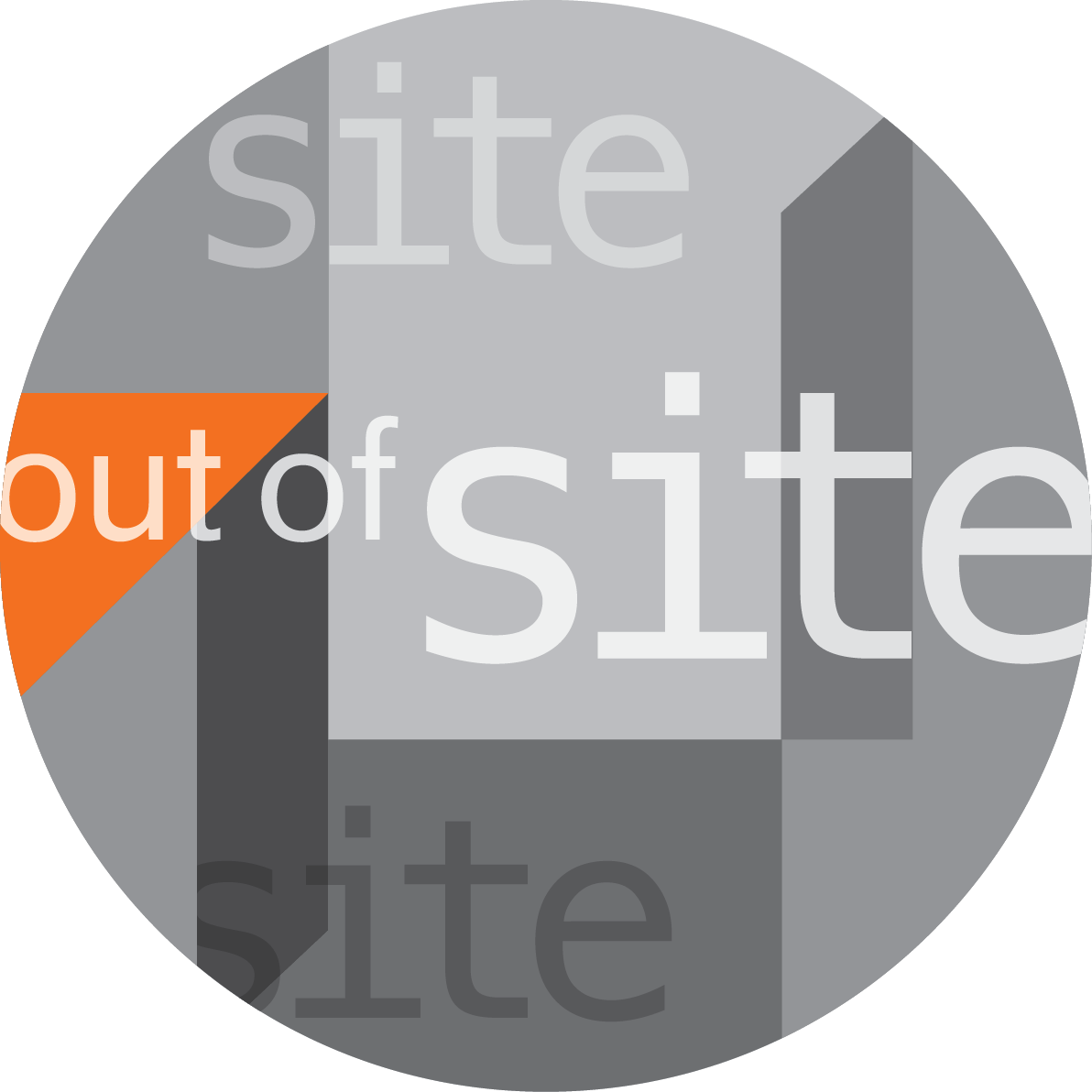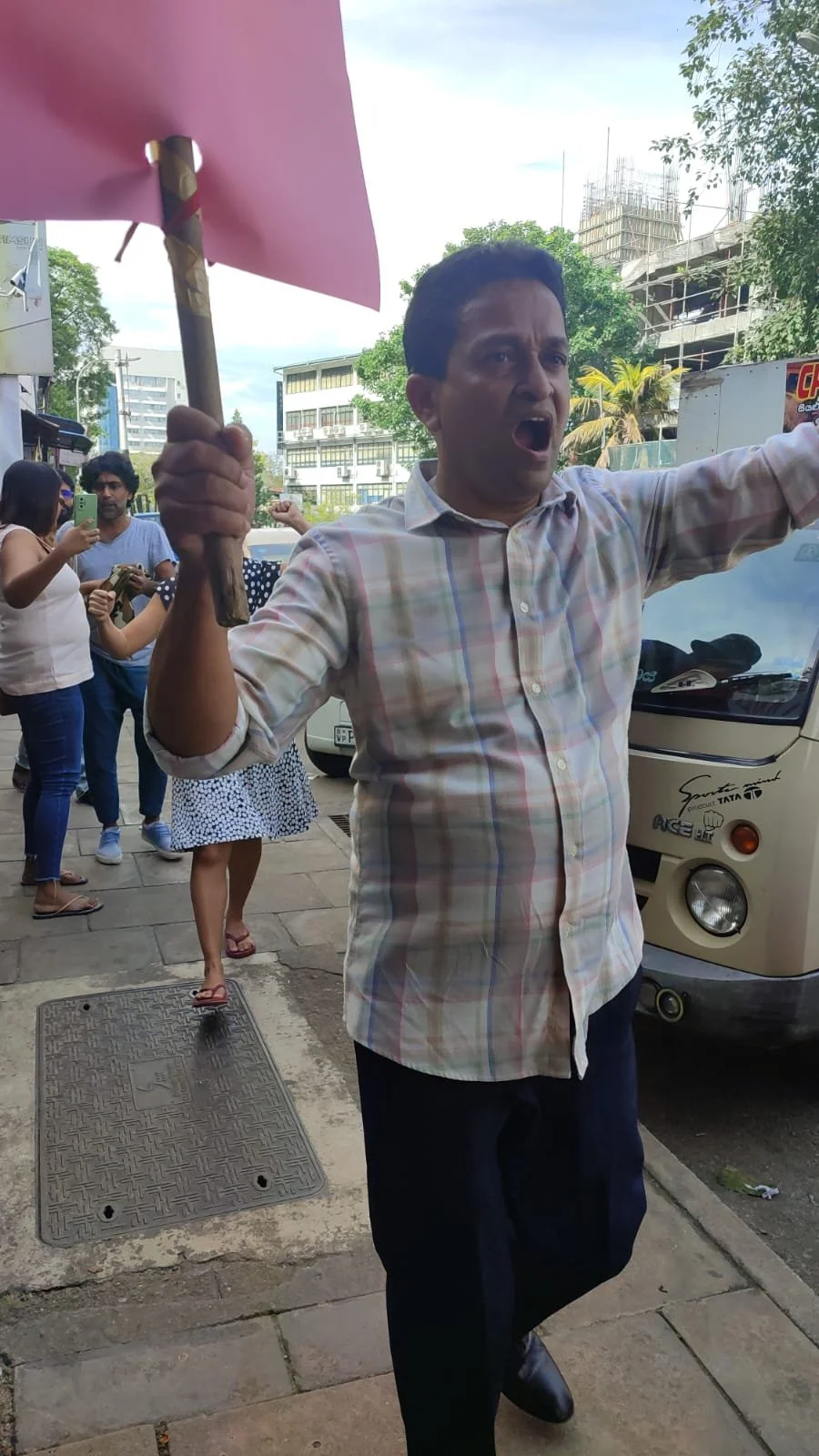Godwin Constantine
Theertha Performance Platform – public space performance practice
Photo Credit: Janananda Laksiri
Abstract
Wednesday September 20
12noon – 1:30pm CST |
19:00 – 20:30 CET
An Artist Presentation
Performance art is an art form where the artist uses the body as a medium. The traditional gallery space or art space is limited in its reach to the general public. Performance art to attain its full potential it should be presented to the general public in public spaces. With this idea we started the “Theertha Performance Platform” in 2015.
We have had 4 performance festivals thus far and the last was held in December 2022. We invite international artists and local artists to this event. We have a total of about 30 artists participating with 10 – 15 international artists. Our public space performance takes place in one of the very busy road junction – the Borella Junction. However, our last event had to be restricted due to the prevailing political unrest in the country.
As a performance artist I see public space performance as a challenge as we engage general public who are going about their day-to-day activities with my performance work. In most cases the spectator asks questions directly from the artist or other artists or support staff onsite about the meaning of the performance and t time the spectator gets involved with the performance.
The most important aspect of public space performance in my experience is that the spectator is not pre-conditioned and is free from pre-conceived notions of art.
In public space performance the spectator is free to interact with the artist and engage with the process unlike in the conventional art spaces where the audience are forced to look at a work as a piece of art. In public space performance what the spectator encounters is a ‘process’ it need not be recognized as a work of art, but it necessarily invites the spectator to engage/appreciate or at least to think about the encounter. In a way public space performance ‘emancipates the spectator’ (after Jacques Ranciere). This takes the spectator/audience to a new level where they become participants of a process of art making.
Public space performance has its own inherent issues. This is mainly about the sensitivity of the ‘public’ who use/ ‘own’ this space. In a conventional art space artist is at liberty to exhibit ‘Piss Christ’ to a nude body under the label of art. But in public space the sensitivity of the public becomes a crucial issue in determining what can be performed in public space. In my experience there were few instances the performance had to be abandoned as it impinged on public sentiments. So, do we have to adopt some ethical guidelines to govern our public space performances?
Public space is not essentially what the words mean, it could be more restrictive than the conventional art space for art practice. However, as the spectator is concerned public space performance opens up a new avenue for exploration and realization of the full potential of the ‘emancipated spectator’.


